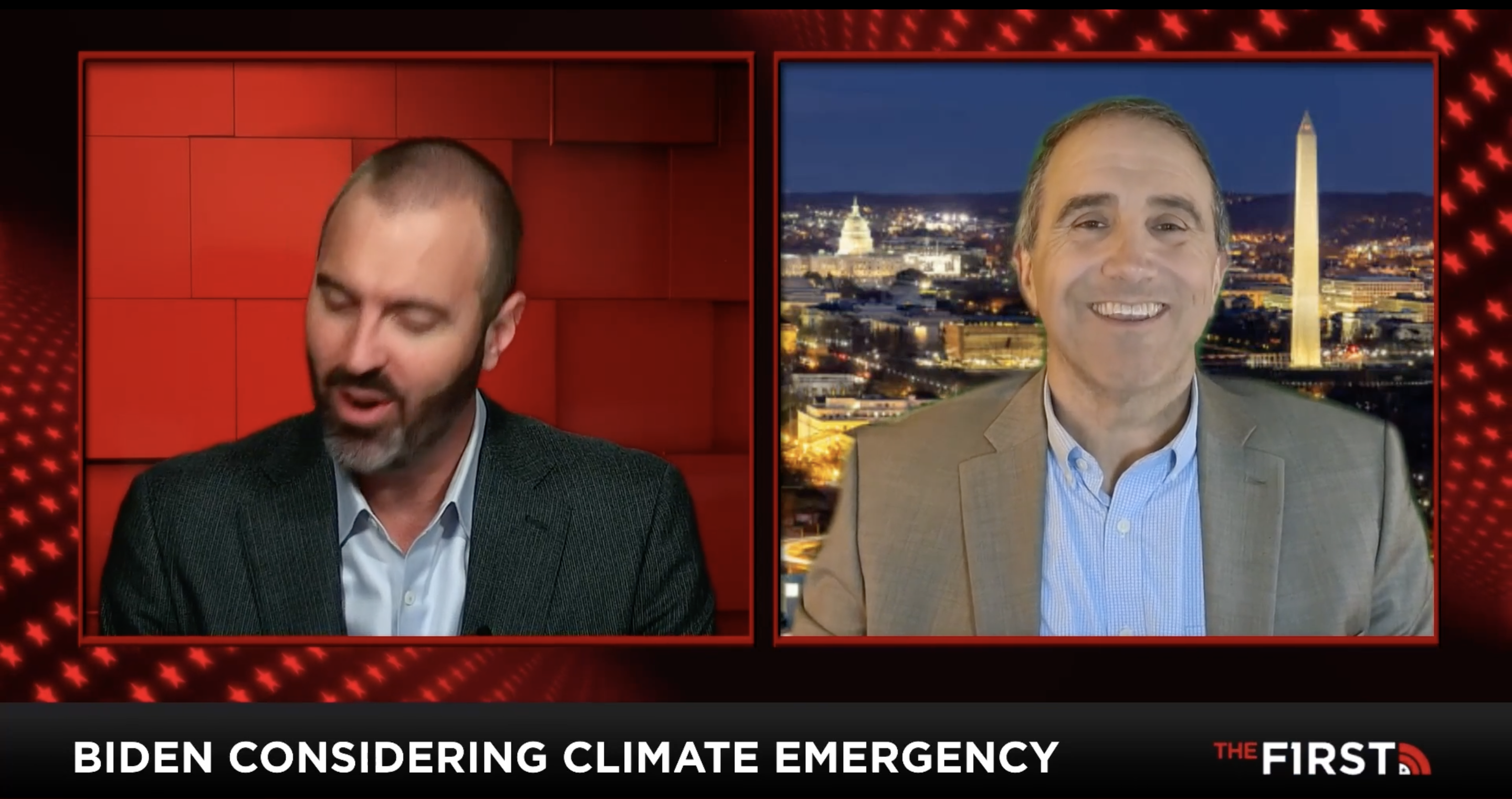http://co2coalition.org/2019/11/27/will-happer-is-back-this-time-hes-fighting-methane-rules/
By Scott Waldman
A climate skeptic with ties to the White House is back — this time as the co-author of a new paper that could help the Trump administration roll back climate rules.
William Happer, an emeritus Princeton University physics professor, previously worked within the White House to conduct a hostile review of climate science. While that effort didn’t go far, Happer at the same time worked on research into methane, a potent greenhouse gas.
Happer and his co-author, William van Wijngaarden, worked “quickly” to put together research that claims that fears of methane emissions as a driver of climate change are overwrought, said van Wijngaarden, a physicist at York University in Canada.
A summary of their paper, which has not been published in a mainstream science journal, was submitted to EPA during the public comment period on a plan to roll back regulations for methane leaked during the production, processing, transmission and storage of oil and natural gas.
“As far as from a global effect on climate, [methane] is immeasurably small,” van Wijngaarden told E&E News. So “some of these people have said, you know, that could you please just write something up that we can use as ammunition,” he said.
He added: “There has been just huge exaggeration and hysteria generated by this climate community.”
A summary of Happer’s latest research was released by the CO2 Coalition, the group he founded and on whose board he now serves, which claims that the world needs more carbon dioxide emissions to thrive. Happer’s latest research claims that “much of the concern over climate change and greenhouse gases comes from misunderstanding basic physics.” The paper lays out a case as to why methane emissions are not worrisome, and says proposals to regulate emissions therefore are not justified.
“Given the huge benefits of more CO2 to agriculture, to forestry, and to primary photosynthetic productivity in general, more CO2 is almost certainly benefitting the world,” the authors wrote. “And radiative effects of CH4 [methane] and N2O [nitrous oxide], another greenhouse gas produced by human activities, are so small that they are irrelevant to climate.”
Happer’s research was submitted to EPA by the Texas Public Policy Foundation, which has received funding from the oil and gas industry and the Koch network. In its EPA comments, the foundation argued that methane does not contribute to air pollution that harms public health.
The world’s leading science agencies have found that increased carbon dioxide emissions will reduce crop yields and crop health and increase heavy precipitation events that destroy vegetation, and that worsening droughts — as well as longer periods of more intense heat — will kill plants and threaten humanity.
Happer crafted a summary of his methane work to support groups that are fighting against methane emissions regulation, said Caleb Rossiter, executive director of the CO2 Coalition.
“He understood that the scientific paper is not so useful to the EPA but he can do something that is very close,” Rossiter said. “This will be the scientific backing of the claim that the doubling of methane, because it’s so minor in the atmosphere, would have a de minimis effect. It would very little impact on warming and is a methane scare that’s not justified.”
NASA has come to different conclusions about methane, which is produced by the oil and gas industry, agriculture and natural sources, among others. Research posted on NASA’s website states that recent methane emissions account for one-sixth of recent global warming.
“What methane lacks in volume, it makes up for in potency,” NASA’s website explains. “Over a 20-year period, one ton of methane has a global warming potential that is 84 to 87 times greater than carbon dioxide. Over a century, that warming potential is 28 to 36 times greater.”
The summary of Happer’s research cites two Wikipedia entries, a natural gas company and a company that installs and maintains power plants.
The paper’s claims largely have been known since the 1960s, said Andrew Dessler, a climate scientist at Texas A&M University who reviewed the research. He said the calculations appeared to be correct, but that they were presented in a misleading way. For example, some of the data that tracks the climate forcing potential of methane was presented in annual amounts, which appear small, but are quite significant if viewed through the century.
Nothing in the paper, he said, disproves the conclusions of mainstream climate science, and he said it is a “bullshit statement” to claim that the paper’s conclusions are just following facts and should lead to one policy outcome.
Van Wijngaarden said he and Happer communicated regularly while Happer was in the White House, and that their collaboration has been ongoing for years.
He said they have completed another, more significant paper on carbon dioxide emissions that they now are seeking to publish.
One major journal refused to run it and would not send it for a review, he said. He blamed it on a conspiracy to keep those who question climate science from established periodicals.
“There’s a lot of funny business going into this climate world, so that’s a bit frustrating,” said van Wijngaarden.
This article appeared on the E&E News website at https://www.eenews.net/climatewire/stories/1061656229



